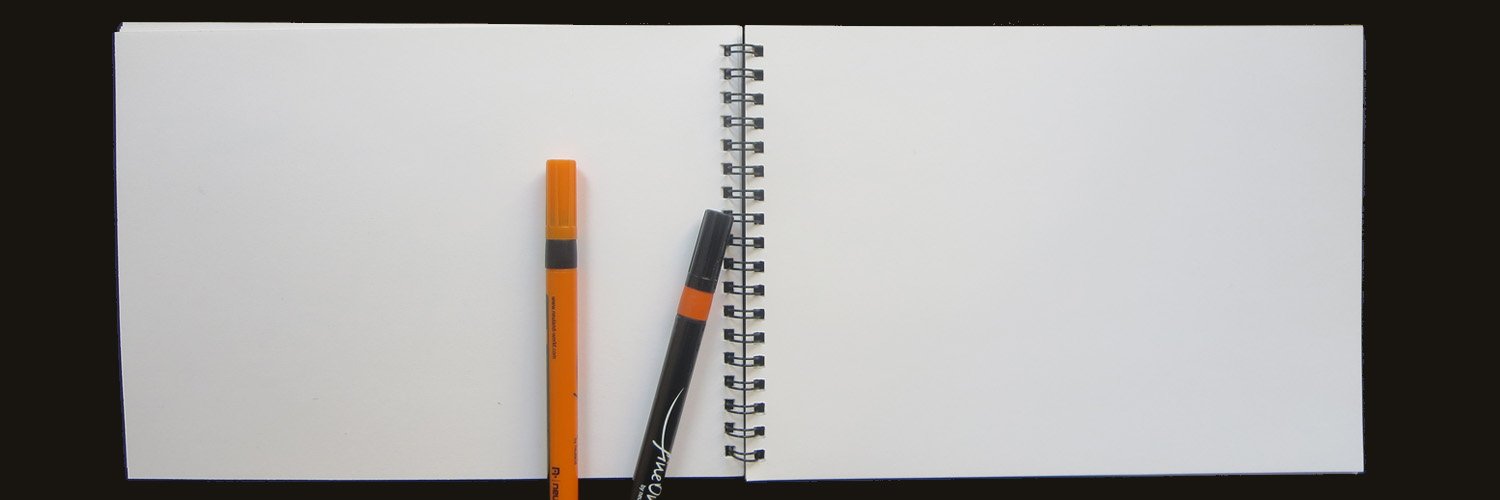Learn Sketchnoting with bikablo - Part 2: 5 Easy Steps to Creating Your First Sketchnote
Courtesy of: Martin Haussmann, bikablo
You say you can't draw? No problem, we hear that a lot at the bikablo akademie. Graphic visualization is a cultural skill that can be learned, just like learning a foreign language – and sketchnoting is the best way to get started in this new language. You'll need a sketchbook and two pens – and then you're ready to go!
Get your hands on a fine-line marker or pen, a highlighter, and a notebook (the best size to begin with is A5 or, in the US, half-letter size). Choose an audio book or an interesting video presentation on a topic in which you have a genuine interest.
Create a “Title Vignette,” with the topic, the speaker, and a central image. I always like to draw a simple portrait of the protagonist.
Watch the video run until you hear the first important message. Stop the video and write down a core statement.
Start the video again and let it run until you hear the next important message.
Write down the next core statement. Be sure to leave sufficient white space between the two core statements!
Next to each core statement, draw a small sketch that illustrates it. It can be the simplest pictogram you can find in a Google search (for instance, try googling “brain” and “icon”).
Using your highlighter, draw a circle around each core statement and its illustration, and highlight the key terms.
Sketchnoting - an introduction to visualization
If you want to learn how to optimize your handwriting and take your first steps toward learning “basic visual vocabulary,” check out the information found in Chapter 5 of the bikablo guide to visualization technique: UZMO – Thinking with Your Pen.
You can develop your own personal sketchnoting style by attending a sketchnoting training course at bikablo akademie. We will not only teach you how to go about learning visual vocabulary, we will also show you how to use it, adapt it, and combine it in your layouts. Since it isn't possible to note everything, we will teach you how to listen selectively. In the end, the point is always to capture the “big idea” and the most important core messages of a presentation – in other words, the points that are important to you!
What our sketchnoting training participants find to be the most fun is that a lot of the training involves discovering things together. While you're working at developing your own personal sketchnoting style, you can test it out immediately on the other members of the group. Once the training is over, you will have in your hands a visual repertoire and visual syntax, which you will later be able to put to use in more aptly illustrating and summarizing relationships.
Want to learn how to sketchnote? Join my for one of my upcoming Thought Sketching workshops and in 90 minutes you will learn some simple ways to get started with this visualization technique.







